Description
Dynamic MRI/CT Flexion & Extension or MRI/CT Left & Right Rotation expert 2nd Radiology Opinion Reports
Before purchasing Dynamic MRI or CT Flexion/Extension or Right/Left Rotation 2nd Radiology Opinion, please make sure the Images are in DICOM file format.
HOW IT WORKS IN 3 EASY STEPS
STEP 1.
Purchase your desired 2nd Radiology Opinion
- By purchasing a 2nd Radiology Medical Opinion, you are contracting Spine and Brain Advocate to act as a “3rd party Representative” on your behalf and agree to its terms, conditions and policies.
- A MRI/CT Flexion & Extension Study is considered (1) quantity
- A MRI/CT Left & Right Rotation Study is considered (1) quantity
- If you have both studies above, it is considered (2) quantity etc.
STEP 2.
Submit Image Files, Supplementary Information & Patient Clinical History
(i) IMAGE FILES:
Upload the applicable Radiology Image files(s) and Original Report(s) easily and securely via Google Drive with editor permissions and send to: spinebrainadvocate@gmail.com
(ii) SUPPLEMENTARY INFORMATION:
In a separate email labelled “Supplementary Information” upload any applicable supplementary reports and imaging (i.e. EKG, Blood, previous related imaging in any format i.e. XRay, MRI, CT etc.); as well as any photos or videos of your symptoms (i.e. tremors, facial spasms, discoloured hands or feet etc.) that may provide the Radiologists with a broader picture of what’s happening with you.
This information is very helpful for the Radiologists when reviewing your case. Submit this supplementary information securely via Google Drive send to: spinebrainadvocate@gmail.com
(iii) PATIENT HISTORY:
Complete the Patient Clinical History
STEP 3.
Receive 2nd Radiology Opinion Report from a Certified Radiologist
Within approximately 7 to 14 business days, from the date that all the required information (above) has been submitted and full payment received, you will receive the 2nd Opinion Radiology Report(s) in the email address that was provided at Checkout.
Have questions or Questions? All reasonable requests will be accepted.
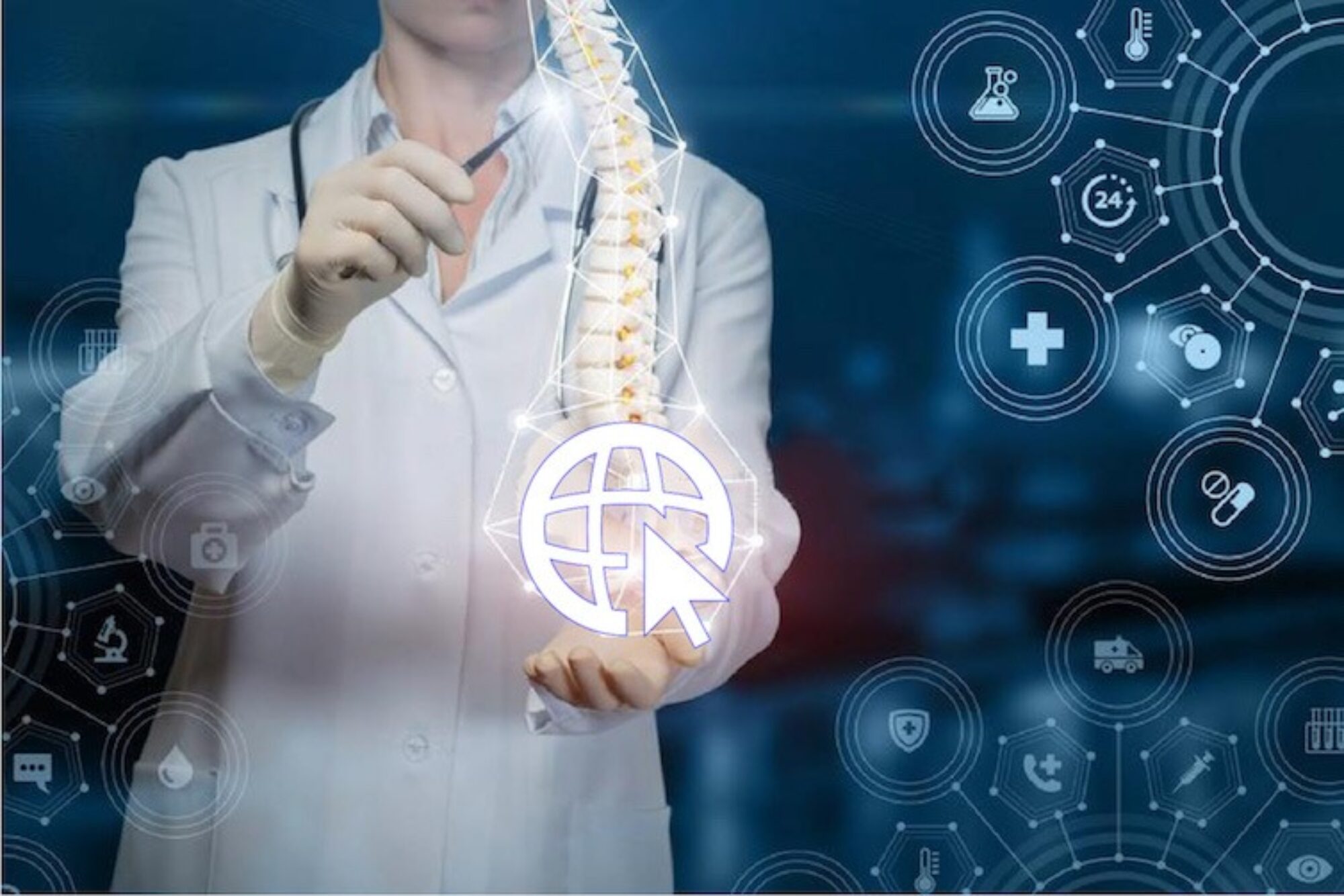
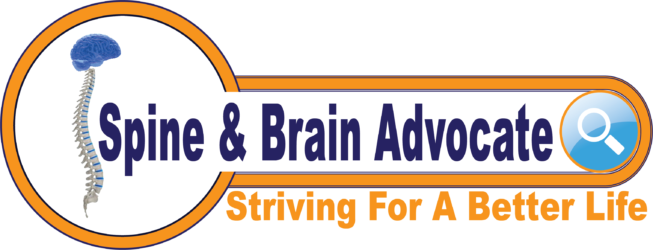
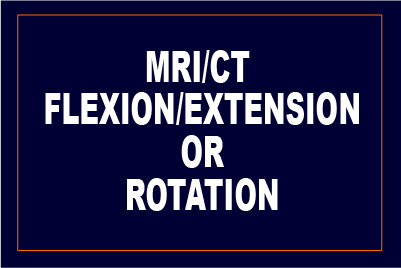
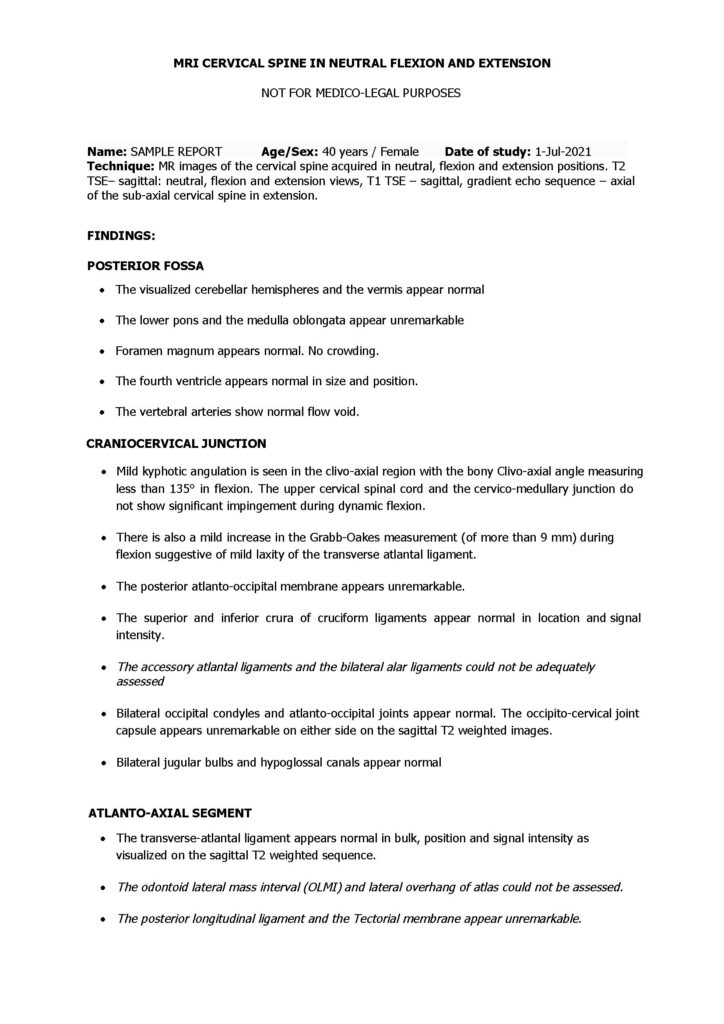
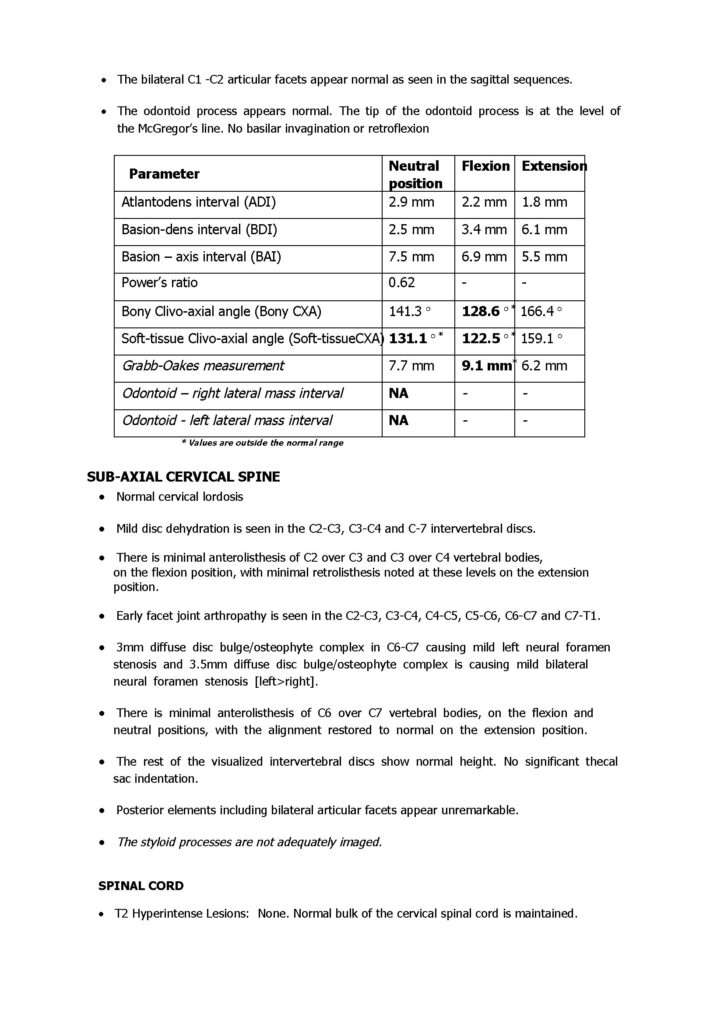
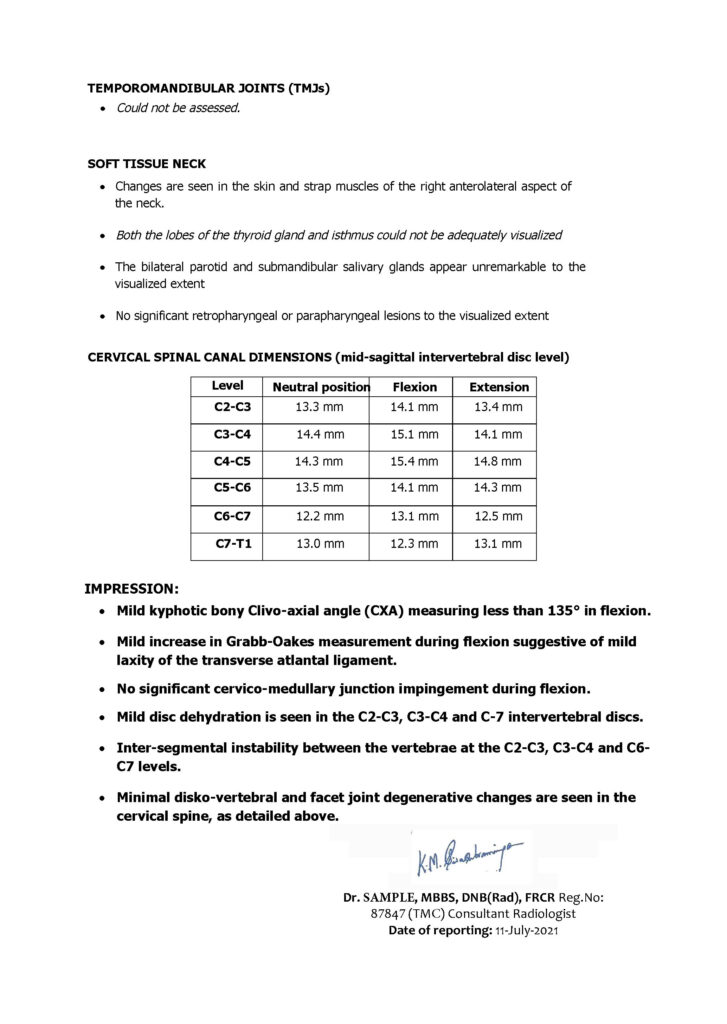

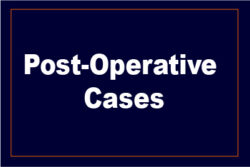

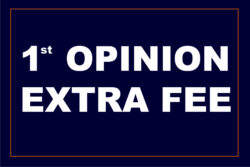
Reviews
There are no reviews yet